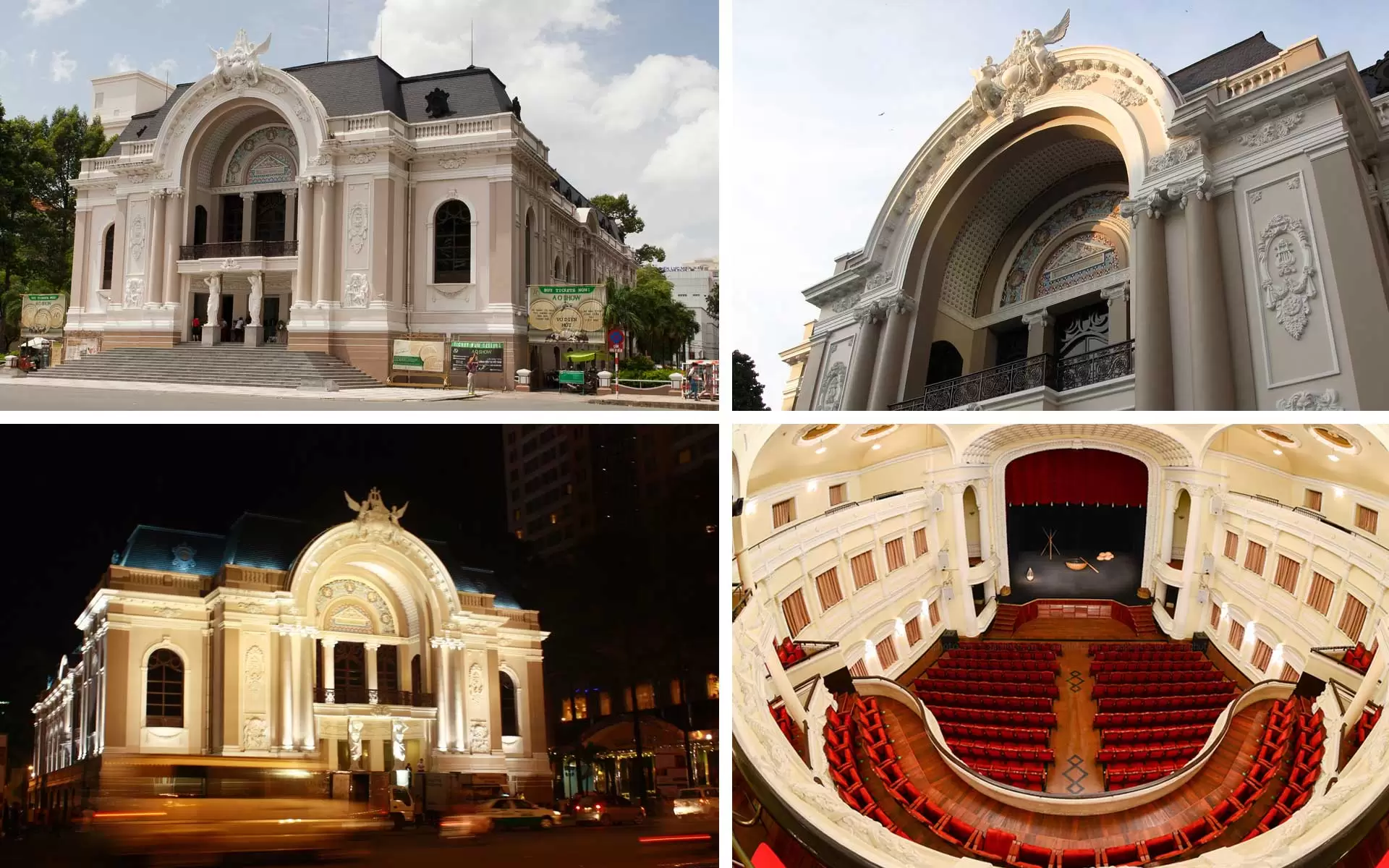
The Saigon Opera House, a stunning blend of French colonial charm and cultural elegance, stands as one of Ho Chi Minh City’s most captivating landmarks. With its rich history and timeless beauty, this architectural masterpiece has witnessed over a century of performances, stories, and transformation. In this article, we dive into 8 intriguing facts about the Saigon Opera House that will not only spark your curiosity but also leave you enchanted by its grandeur. As you plan for things to do in Ho Chi Minh City, be sure to add this iconic gem to your itinerary—it’s a must-see for anyone looking to experience the city’s vibrant culture and history.
Access and Opening Hours of Saigon Opera House
Access to Saigon Opera House

The Saigon Opera House is situated at 02 Cong Xa Paris Street, District 1. Its central location makes it easily accessible on foot, by private motorbike, taxi or through ride-hailing services like Grab. From the center of District 1, you can easily access the Saigon Opera House with an affordable price ranging from 2$ – 4$ with a Taxi or Grab Car. However, be aware that traffic around the Opera House tends to get congested during peak hours (4PM-6PM), which may lead to higher fares for transportation services.
Opening Hours of the Saigon Opera House
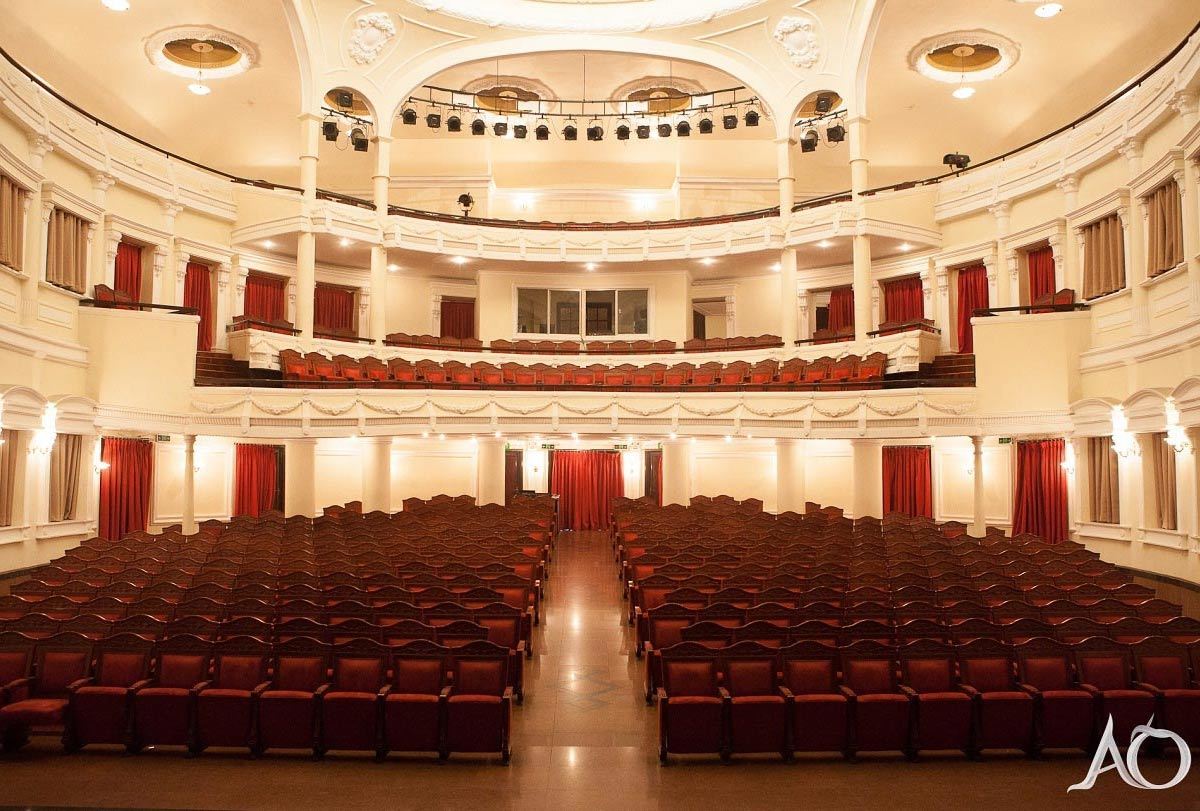
Since the Opera House in Ho Chi Minh City only opens to the public for scheduled events and performances, there are no regular visiting hours.
1. Saigon Opera House was the first Opera House built during French Colonial period
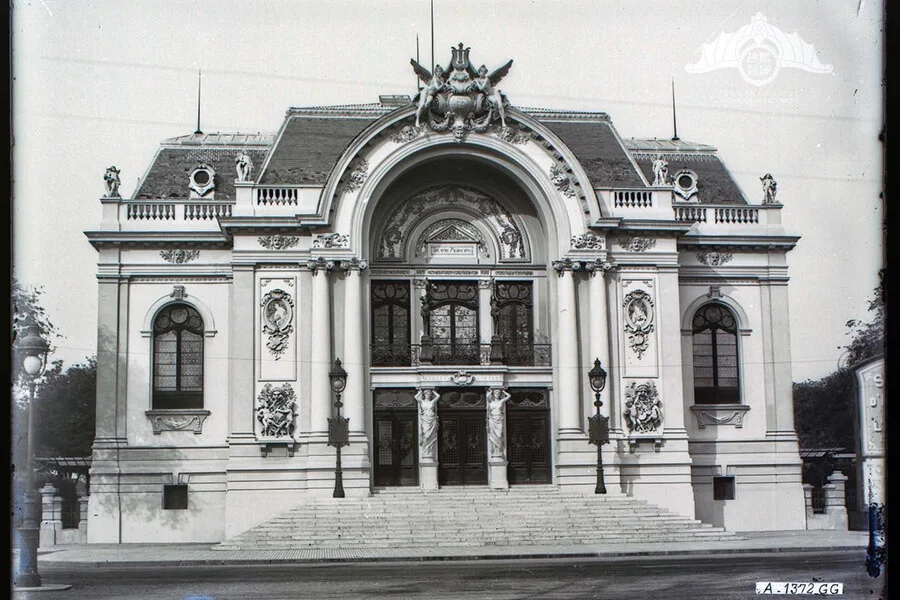
Throughout Vietnamese History, along with Hanoi Opera House and Haiphong Opera House, Saigon Opera House was one of the three famous opera houses of Vietnam. Moreover, Saigon Opera House was the first to be built in 1898 and completed in 1900. It was designed by French architect Eugène Ferret, during the French colonial period.
For Hanoi Opera House, construction began in 1901 and was completed in 1911. It was designed by French architects Paul Bonard and Harley, modeled after the Palais Garnier in Paris. And as for Haiphong Opera House, construction started in 1904 and was completed in 1912. It was also built during the French colonial era and was intended to serve as a cultural center for the French in Haiphong.
2. Saigon Opera House was built for the entertainment of the upper to middle class in French colonial period
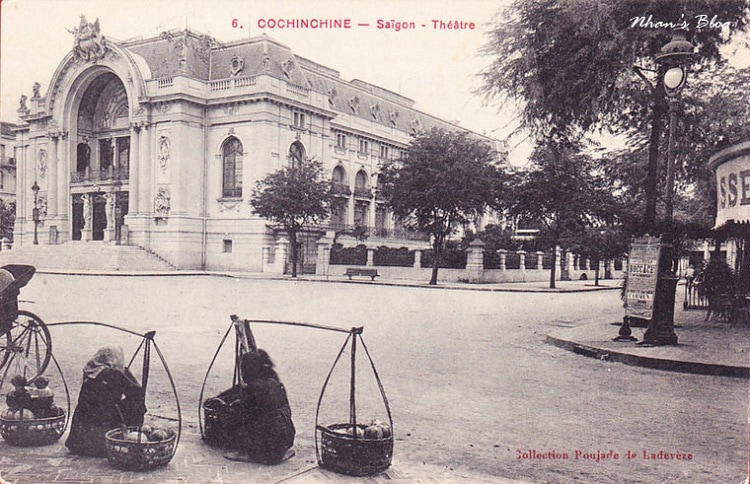
After the French established a colony in Cochinchina in 1863, they sought to bring a touch of home to the bustling, unfamiliar city of Saigon. The colonial government invited a French theater company to perform for the French legion, staging their shows in the villa of the French admiral at Clock Square (now the corner of Nguyen Du and Dong Khoi streets). The success of these performances inspired the creation of a temporary theater at the current site of the Caravelle Hotel. However, as Saigon grew, so did the desire for a more permanent and grander venue. In 1898, construction began on what would become the magnificent Saigon Opera House, built on the same spot where the temporary theater once stood, and completed by January 1, 1900. This new structure symbolized not only entertainment but also the deepening French cultural influence in Indochina.
3. Saigon Opera House Faced Financial Struggles

Though the Saigon Opera House was originally envisioned as a hub for the city’s growing middle class, it soon faced stiff competition. As nightclubs and dance halls flourished throughout Saigon, the theater’s audience steadily declined. Performances became infrequent, with occasional concerts and cai luong shows filling the stage. Criticisms mounted, not just of the theater’s high operating costs, but also of its ornate façade, which some felt was too elaborate for the times. In 1943, the municipal government considered converting the theater into a concert hall, but those plans never materialized. Instead, they opted to strip away the decorations, engravings, and statues, giving the Opera House a simpler, more modern appearance in an effort to appeal to a new generation.
4. Saigon Opera House was bombed and shut down in 1944
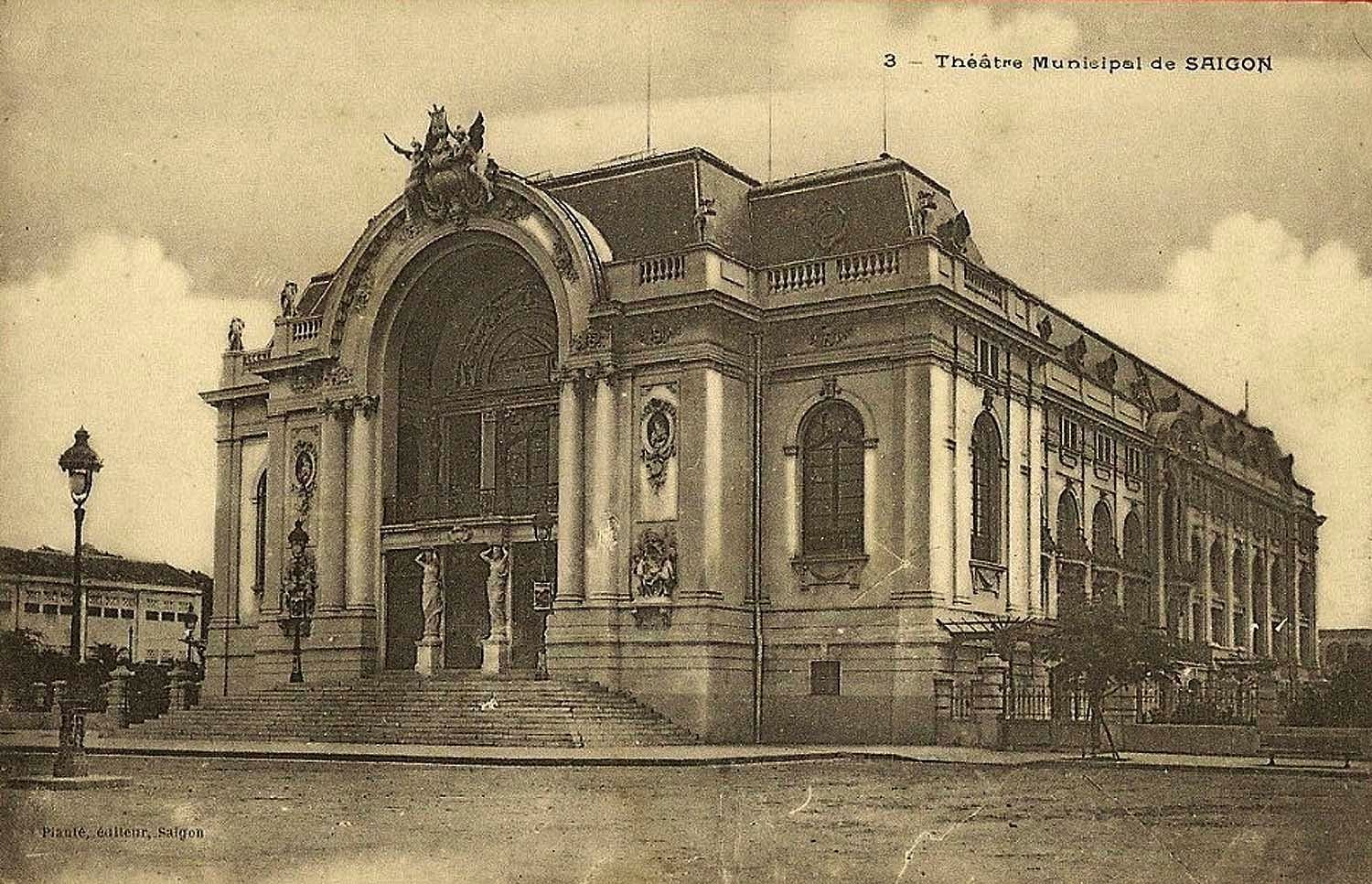
In 1944, as World War II raged on, Saigon was thrust into the chaos of global conflict. The Saigon Opera House, once a symbol of culture and elegance, became a silent witness to the turmoil. During this period, the Japanese Imperial Army occupied Vietnam, and the once-vibrant theater found itself in the shadow of war. Allied forces launched aerial attacks to weaken Japan’s grip on the region, and in one of these raids, the Saigon Opera House was severely damaged. The grand performances ceased, and the building stood in silence. When Japan finally surrendered in 1945, marking the end of World War II, French forces returned to reclaim Cochinchina, but the opera house, once the heart of Saigon’s artistic scene, remained dark and broken, a symbol of the city’s wartime struggles.
5. Saigon Opera House was used for different political purposes (1955 – 1975)
Saigon Opera House was the shelter for French civilians from the Northen Vietnam after the Battle of Dien Bien Phu (1954)
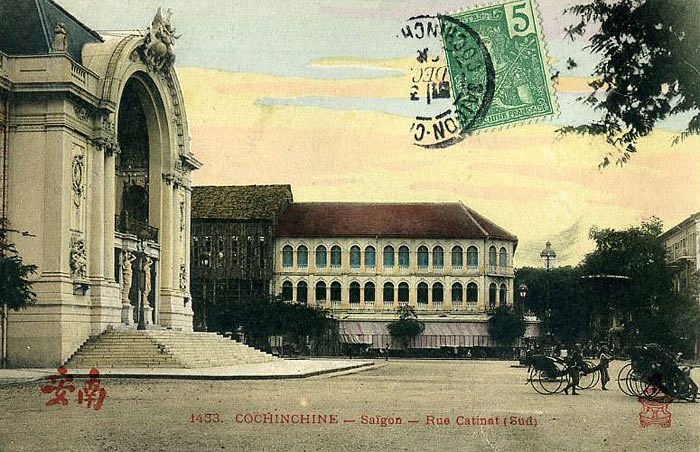
In 1954, following the French army’s surrender to the Viet Minh at the pivotal Battle of Dien Bien Phu, the stage was set for the Geneva Accords. Amid this historic shift, the Saigon Opera House transformed from a place of artistic grandeur into a refuge, temporarily housing French civilians who had fled from North Vietnam. The theater’s halls, once filled with music, now echoed with the quiet murmurs of those displaced by the tides of change.
Saigon Opera House became the Congress House (1955)
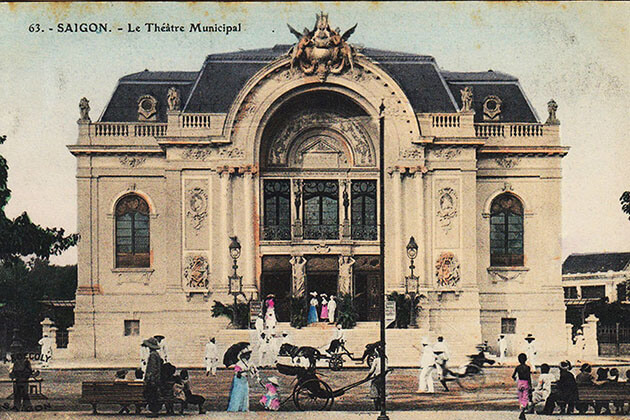
In 1955, the Saigon Opera House was renovated and repurposed as the Congress House, later known as the Lower House of the State of Vietnam. The historic building took on a new role as a gathering place for political discussions and decisions shaping the Republic of Vietnam’s path forward.
Saigon Opera House returned to the use for art performances (1975)
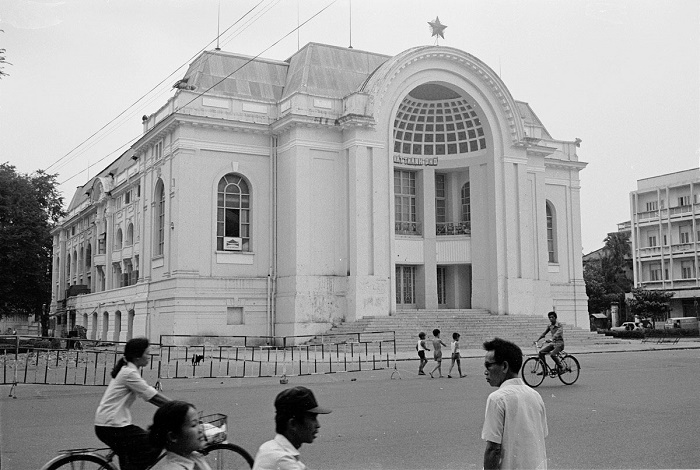
After the reunion of both the North and the South of Vietnam in 1975, Saigon Opera House was returned to its original function as a place for art performances.
6. Saigon Opera House Architecture was inspired by the style of the French Third Republic
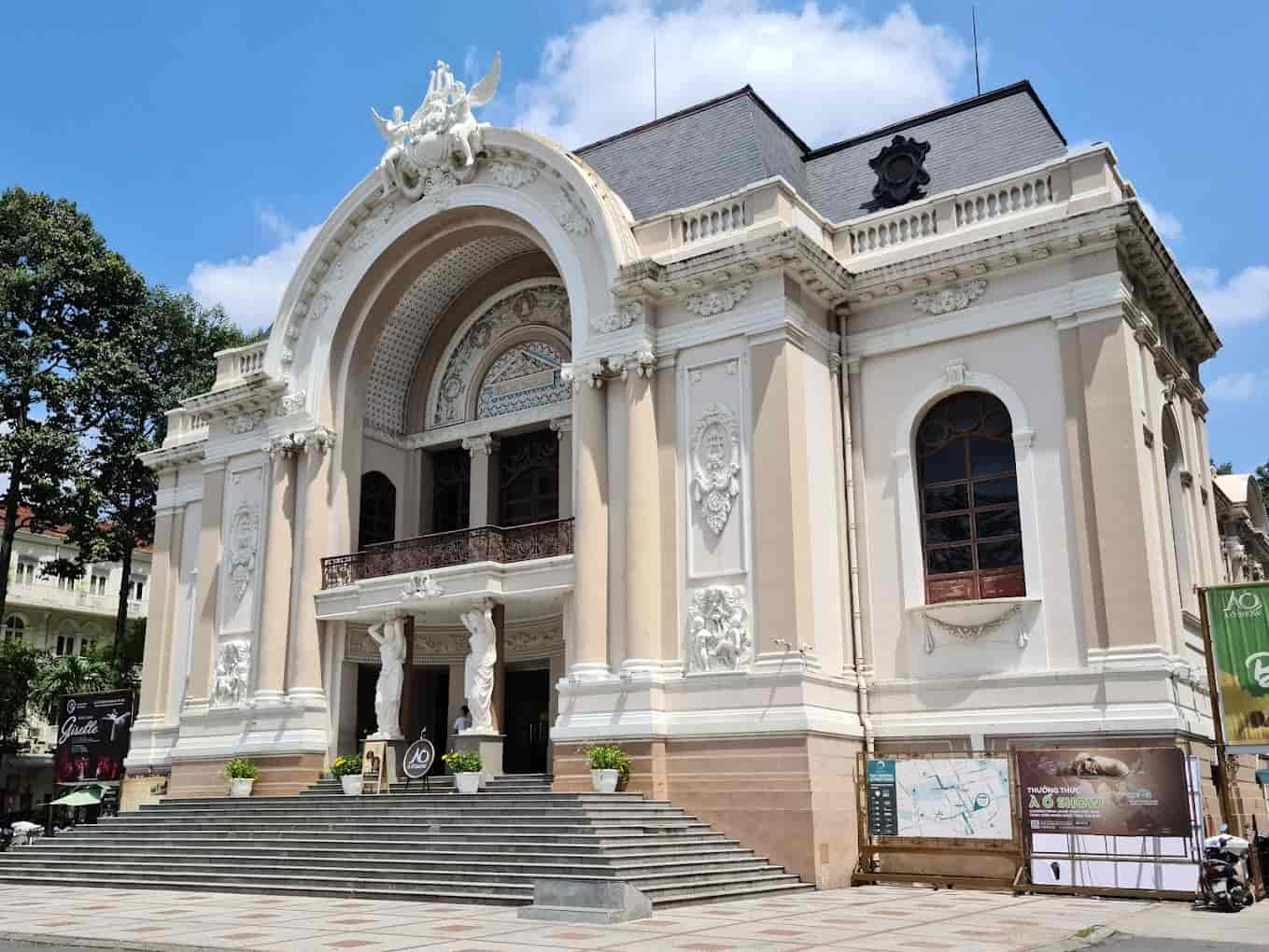
The Saigon Opera House reflects the grandeur and sophistication of the French Third Republic, with its architecture inspired by Parisian theaters of the era. Designed in 1898 by French architect Eugène Ferret, the building showcases an elaborate façade, rich with engravings, statues, and classic French elements. Influences from the Belle Époque style are evident in its sweeping arches, intricate carvings, and symmetrical design, transporting visitors to the elegance of 19th-century France. This iconic structure not only served as a cultural hub but also symbolized the French colonial influence over Saigon, blending art and politics within its walls.
7. Saigon Opera House was certified as a national relic in 2012
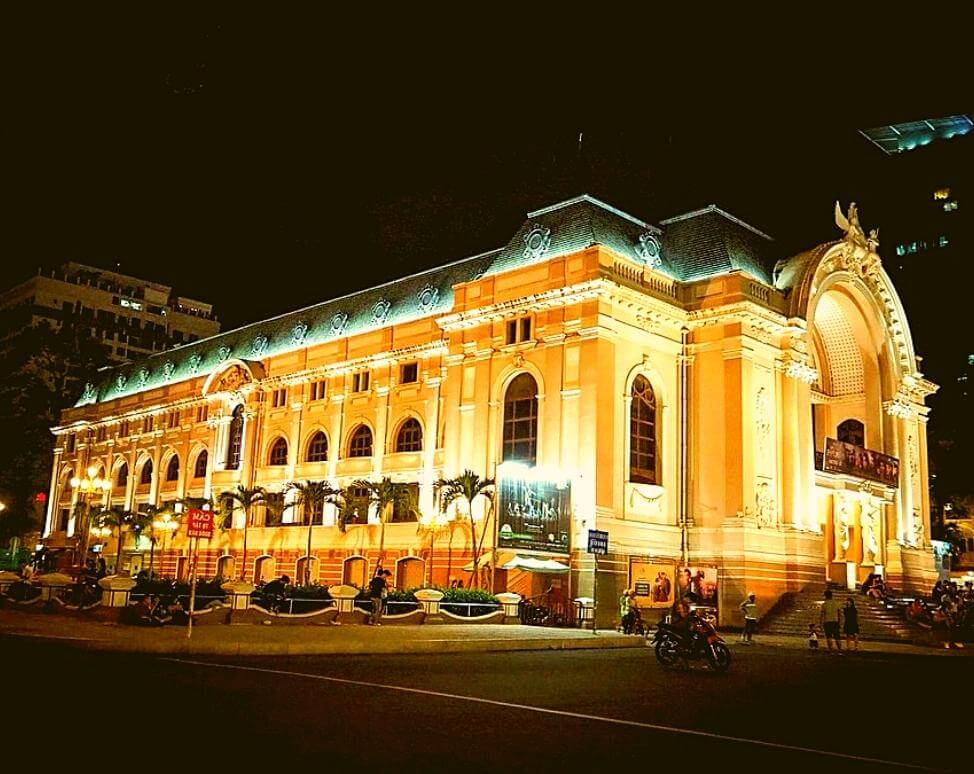
In 2012, the Saigon Opera House was recognized as a national relic, a certification that honors its historical and cultural significance in the heart of Saigon. This designation not only acknowledges the building’s rich past—from a colonial theater to a political landmark—but also ensures that it will be preserved and cherished for generations to come. As a national relic, the Opera House stands as a testament to Saigon’s layered history and evolving cultural identity, sparking renewed efforts in its conservation. Today, it’s more than a beautiful piece of architecture; it’s a symbol of the city’s heritage, carefully maintained to inspire both locals and visitors.
8. Current Art Shows in Saigon Opera House
A O Show
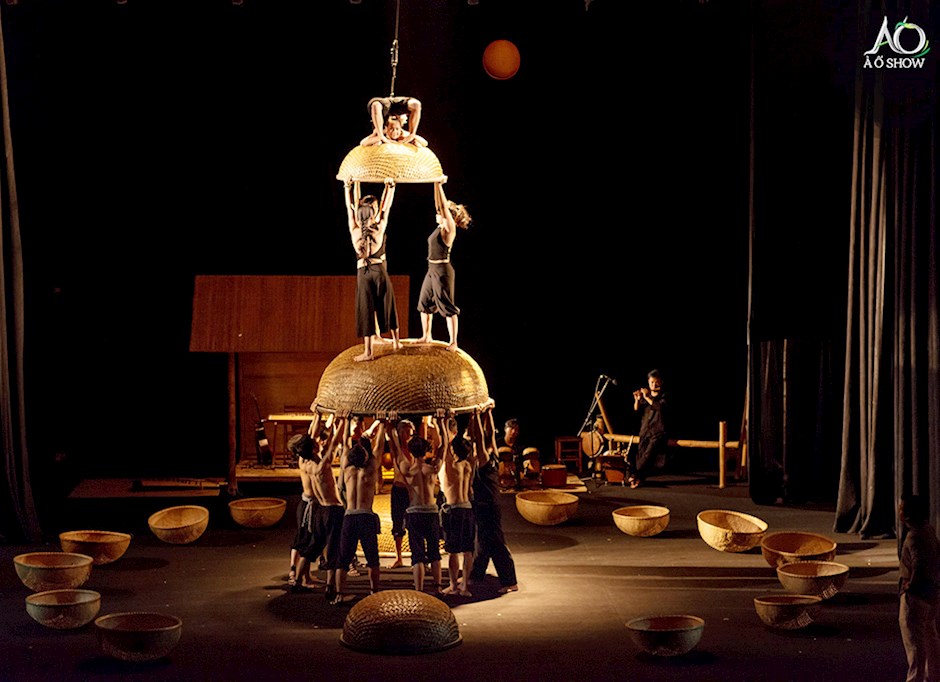
The À Ố Show is a unique fusion of bamboo circus, acrobatics, contemporary dance, traditional Vietnamese music, and stunning stage art. The intriguing name “À Ố” might spark curiosity, as it comes from the term “Village Market.” This outstanding performance beautifully captures the contrast between the elegance of Vietnam’s rural culture and the country’s urbanization surge. In a single hour, the show allows viewers to journey through Vietnam’s artistic life and heartfelt emotions.
- How to book: Directly book the ticket through Lune Production Website, Call / Message through Zalo for their hotline ( +84 845 18 11 88) or email ([email protected])
- Show Schedule: Check on Lune Production Website
Teh Dar
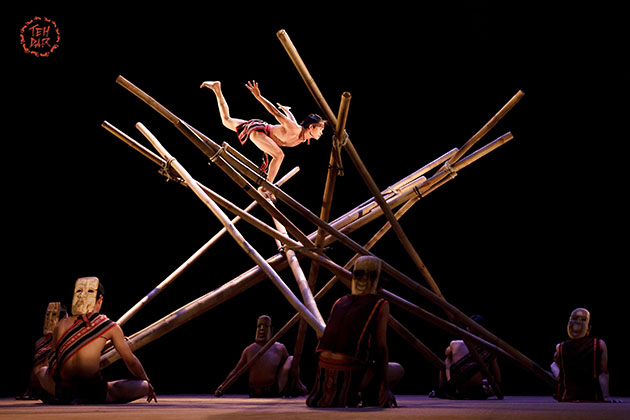
Coming from the same production company with À Ố Show, Teh Dar Show transports audiences into the enchanting world of Vietnam’s highland communities, sharing their untold, ancient tales. Described as a “circulating” journey in the K’Ho tribe’s language, the performance is a captivating mix of Vietnamese ethnic culture, showcasing breathtaking bamboo cirque, bold acrobatics, and the resonant sounds of traditional ethnic instruments on stage.
- How to book: Directly book the ticket through Lune Production Website, Call / Message through Zalo for their hotline ( +84 845 18 11 88) or email ([email protected])
- Show Schedule: Check on Lune Production Website
The Mist
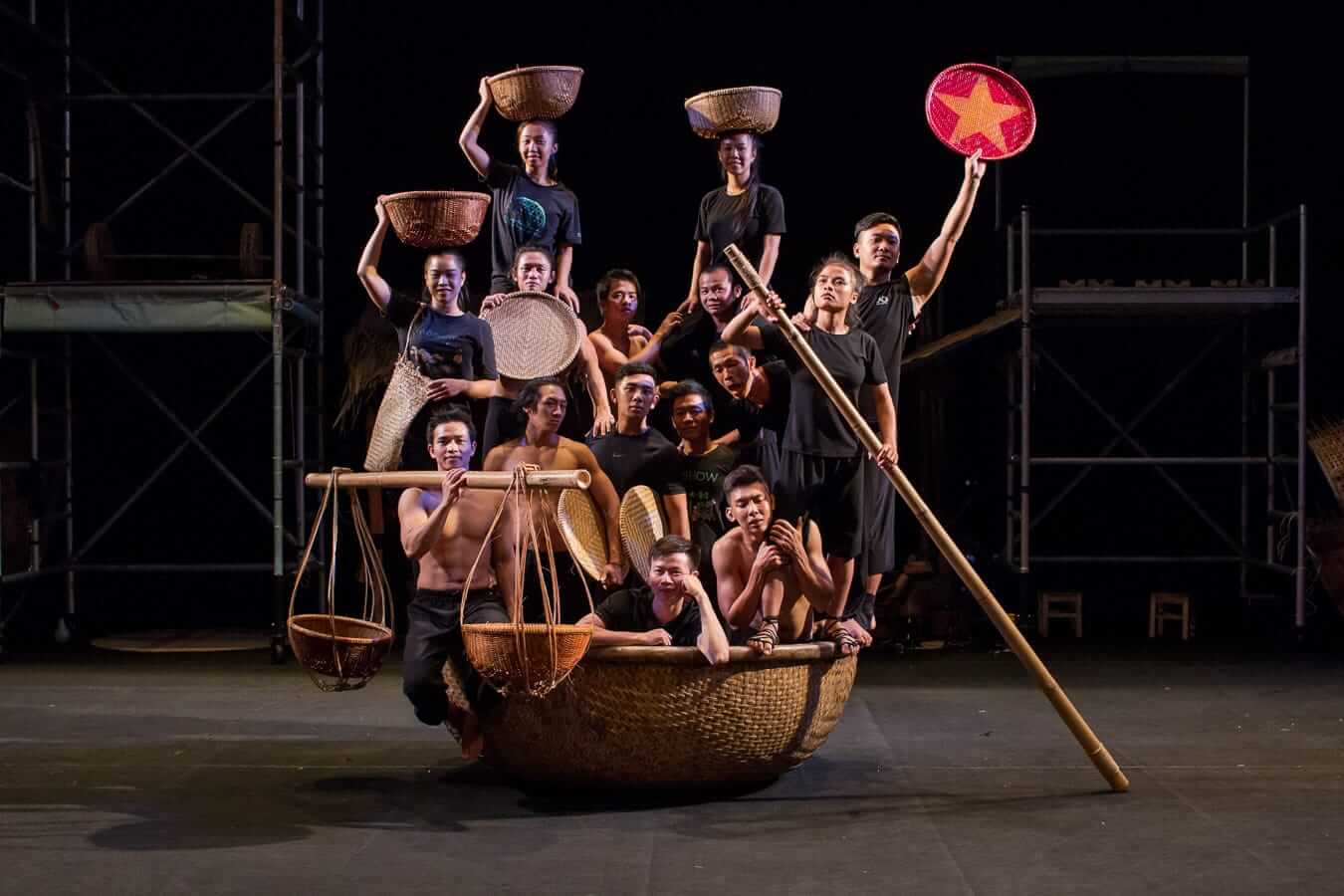
The Mist unfolds the story of Southern Vietnamese farming life through captivating neo-classic and modern dance, brought to life by talented artists. Using rice cultivation as a central theme, the performance honors the dedication and hard work of farmers who nurture rice from muddy fields at dawn to shining pearls at harvest. In just one hour, this emotionally charged show draws audiences into the rhythm of rural life with powerful live music, stunning visuals, and immersive lighting effects. Essential to the scene are traditional wooden clogs and the elegant simplicity of “ao ba ba,” “ao dai,” and classic robes, which add authenticity and charm to the experience.
- How to book: Directly book the ticket through Lune Production Website, Call / Message through Zalo for their hotline ( +84 845 18 11 88) or email ([email protected])
- Show Schedule: Check on Lune Production Website
In Conclusion
Being a historical witness of the city, from the colonial time until the modern day, Saigon Opera House is certainly a hard-to-miss check-point not just for the incredible art shows, but also for the cultural and historical value of Saigon. Planning on a trip to Vietnam and want to explore the hidden gems and escape the tourist traps? Check out our Ho Chi Minh City Cycling Tour below!
Ho Chi Minh City Cycling Tour In Ho Chi Minh City (Saigon) – Vietnam

At Jackfruit Adventure, we organize the Ho Chi Minh City Cycling Tour and Team Building Ho Chi Minh. With a deep knowledge of Saigon city and local connections, we believe we can give you an awesome bonding time together. Contact us today if you have any requests or questions to prepare a trip for your team to bond in Ho Chi Minh – Vietnam.




